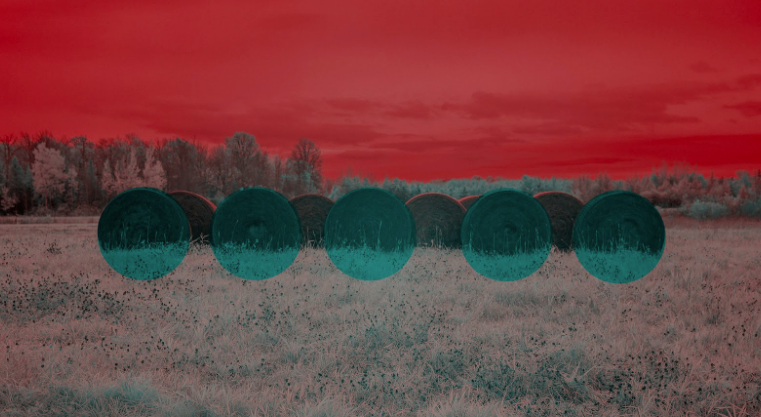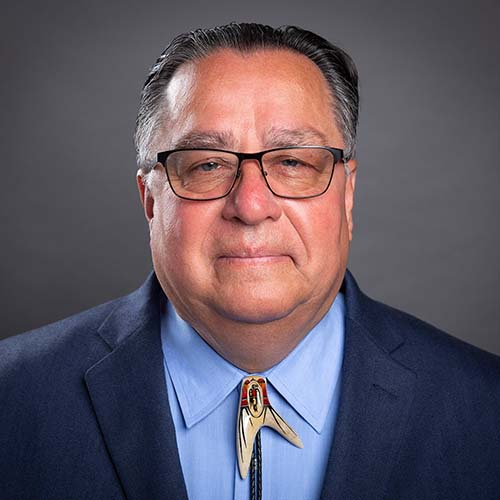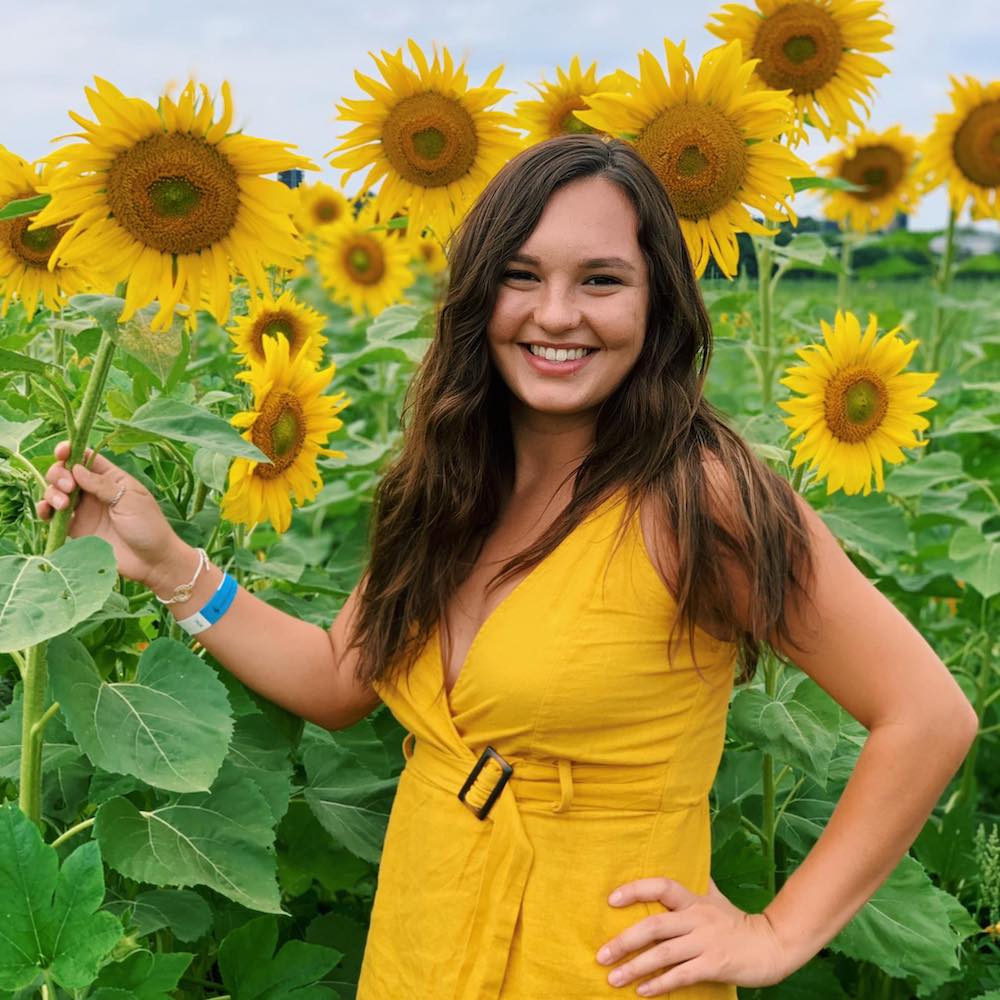
- Details
- By Kaili Berg
For the first time in over three decades, the Detroit Institute of Arts (DIA) is hosting an exhibition of Native American art — one of the largest showings of its kind in the Midwest.
Opening September 28, Contemporary Anishinaabe Art: A Continuation will bring together more than 90 works from more than 60 Anishinaabe artists across the Great Lakes region.
Running through April 5, 2026, visitors can expect a wide range of media, beadwork, birchbark, painting, sculpture, fashion, jewelry, photography, film, and more.
Dr. Denene De Quintal, the DIA's assistant curator of Native American art, conceived the exhibition with guidance and collaboration from an advisory board consisting of Ojibwe, Odawa, and Potawatomi artists.
“This exhibition has been a collaborative process that could not have happened without the trust, guidance, and generous sharing of knowledge from our Anishinaabe advisory board and the artists themselves,” De Quintal said in a statement. “We have worked together to ensure that this exhibition represents the diversity and dynamism of contemporary Anishinaabe art while honoring the cultural traditions from which these works originate. What emerges is not just an art exhibition, but a testament to the creativity, and continuing presence of the Anishinaabe people.”
Themes of water protection, generational knowledge, and ancestral connection run throughout the exhibition, with symbols like the Thunderbird reinterpreted through a contemporary lens. Galleries are also presented in both English and Anishinaabemowin.
Featured artists include respected names like Jim Denomie, Monica Rickert-Bolter, Jason Quigno, George Morrison, and Kelly Church, alongside emerging voices such as ishkwaazhe Shane McSauby, Summer Yahbay, and Monica Jo Raphael. In total, the exhibit features artists from 21 different Anishinaabe tribal nations.
A full-length, illustrated catalogue published by Yale University Press will accompany the exhibition, with essays by leading Native scholars including Matthew L. M. Fletcher, Dr. Christopher T. Green, Dr. Kendra Greendeer, and Dr. Shawnya Harris.
The book reflects on how Anishinaabe art challenges mainstream definitions of Indigenous and contemporary art, while amplifying voices that have long been excluded from dominant museum narratives.
Contemporary Anishinaabe Art: A Continuation is free with museum admission and open to all. Admission is always free for residents of Macomb, Oakland and Wayne counties.
Editor's Note: This story has been updated to include the correct closing date of the exhibition as April 5 and a statement from the curator of the exhibition, Dr. Denene De Quintal.
More Stories Like This
Chickasaw Artists Represent at Southwestern Association for Indian Arts in Santa FeZuni Partners Share Community-Led Delapna:we Project at ATALM 2025 Conference
Celebrating 50 Years: The Rockwell Museum Looks to the Future with "Native Now"
AMC Announces Return of Dark Winds for Season 4, Premiering February 15
Film featuring Teyton Colbert to hit theaters in November
Help us tell the stories that could save Native languages and food traditions
At a critical moment for Indian Country, Native News Online is embarking on our most ambitious reporting project yet: "Cultivating Culture," a three-year investigation into two forces shaping Native community survival—food sovereignty and language revitalization.
The devastating impact of COVID-19 accelerated the loss of Native elders and with them, irreplaceable cultural knowledge. Yet across tribal communities, innovative leaders are fighting back, reclaiming traditional food systems and breathing new life into Native languages. These aren't just cultural preservation efforts—they're powerful pathways to community health, healing, and resilience.
Our dedicated reporting team will spend three years documenting these stories through on-the-ground reporting in 18 tribal communities, producing over 200 in-depth stories, 18 podcast episodes, and multimedia content that amplifies Indigenous voices. We'll show policymakers, funders, and allies how cultural restoration directly impacts physical and mental wellness while celebrating successful models of sovereignty and self-determination.
This isn't corporate media parachuting into Indian Country for a quick story. This is sustained, relationship-based journalism by Native reporters who understand these communities. It's "Warrior Journalism"—fearless reporting that serves the 5.5 million readers who depend on us for news that mainstream media often ignores.
We need your help right now. While we've secured partial funding, we're still $450,000 short of our three-year budget. Our immediate goal is $25,000 this month to keep this critical work moving forward—funding reporter salaries, travel to remote communities, photography, and the deep reporting these stories deserve.
Every dollar directly supports Indigenous journalists telling Indigenous stories. Whether it's $5 or $50, your contribution ensures these vital narratives of resilience, innovation, and hope don't disappear into silence.
 The stakes couldn't be higher. Native languages are being lost at an alarming rate. Food insecurity plagues many tribal communities. But solutions are emerging, and these stories need to be told.
The stakes couldn't be higher. Native languages are being lost at an alarming rate. Food insecurity plagues many tribal communities. But solutions are emerging, and these stories need to be told.
Support independent Native journalism. Fund the stories that matter.
Levi Rickert (Potawatomi), Editor & Publisher

